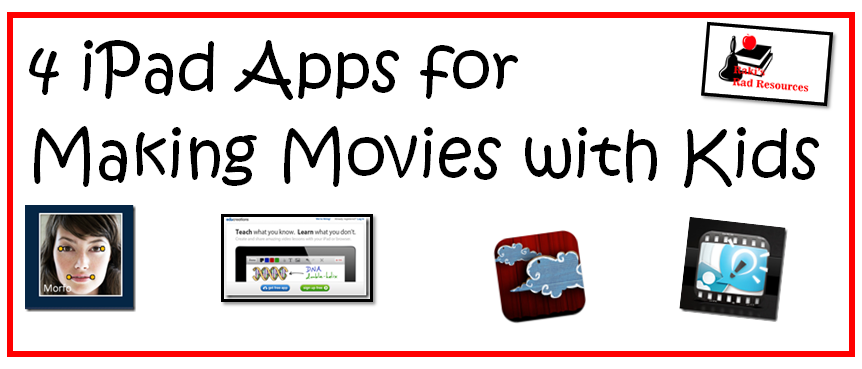On the Edmodo Teacher Communities recently, I saw a teacher asking for some creative ways to teach latitude and longitude. (BTW – If you aren’t a part of the Edmodo Teacher Community Forums, you should stop by, it’s free and there’s a wealth of knowledge and other teachers available for collaboration.) My suggestion to the activity was Geocaching. My children (personal, not students) and I have recently started geocaching and they love it!
Geocaching is a world wide network of treasure hunts. People from all around the world have hidden “caches”, which are small containers – boxes, tubes, etc. that contain a log book, and often a collection of prizes. The people who hide the caches then upload the latitude and longitude coordinates into a Geocaching website, where people can log in and find the coordinates to begin their search.
So, how does one go about geocaching, once you have the coordinates? Well here’s what we do:
1.) Read the other tips that go with the coordinates, they will give you clues to help you when you arrive at your searching location.
2.) Enter your coordinates into a GPS device. We use our regular old Garmin GPS that we use on road trips. (We did learn that not all GPS devices allow you to enter coordinates though, so check yours ahead of time.) Many people have GPS apps on their smart phones or tablets – of course that means you MUST have 3G on that same device in order for the device to pick up your coordinates after you have left your house. If none of these options work for you – there is a website, called XXX, that allows you to enter coordinates and get an address or a map, which you can print out and follow.
3.) Follow the directions on the GPS until you run out of road. We have been to a few that are a dead end road, but some aren’t. You generally have to leave the road and take off by foot to find the final location.
4.) Once you are at the final location, you have to look around – up, down, etc. We found one in a whole under a tree, another behind a fence, you get the picture.
5.) Sign your name on the log book. We add our location too. Then, if there are prizes, choose a prize, but be sure to leave something in return. This trip we have been leaving Moroccan coins behind us. (I think I’m going to bring a roll of American pennies back to Morocco to spread in Moroccan and European caches.) There are many types of prizes, toys, post cards, coins etc.
6.) Go home and log back on to the website to “log your cache” and announce to the world that you have found the cache.
So, now you’re thinking, this sounds like fun, but is it really educational? How are you using it to teach map skills?
1.) After we returned from our first cache, I sat my boys down and we did some research on latitude and longitude, using this cool website. We also do a little more research on how a GPS device can actually find our exact location. Because they had a real life use for this skill, they were both extremely interested in the information at hand.
2.) Before starting a cache, we pull our current coordinates, look at the desired coordinates and discuss what direction we are going in. We also compare two or three caches and decide which one is closer or farther, using only the coordinates.
3.) You can easily keep a map of your caches, using the latitude and longitude coordinates, and comparing distances.
4.) After doing a few with a GPS device, give the kids a map version and see if they can find their cache that way.
Geocaches are available worldwide and would make a great field trip experience, but if you can’t manage to take your class off campus for geocaching, why not hide caches around your school campus and allow students to go geocaching right where you are? Geocaching brings geography to life by building real life experiences that kids will remember.
























































